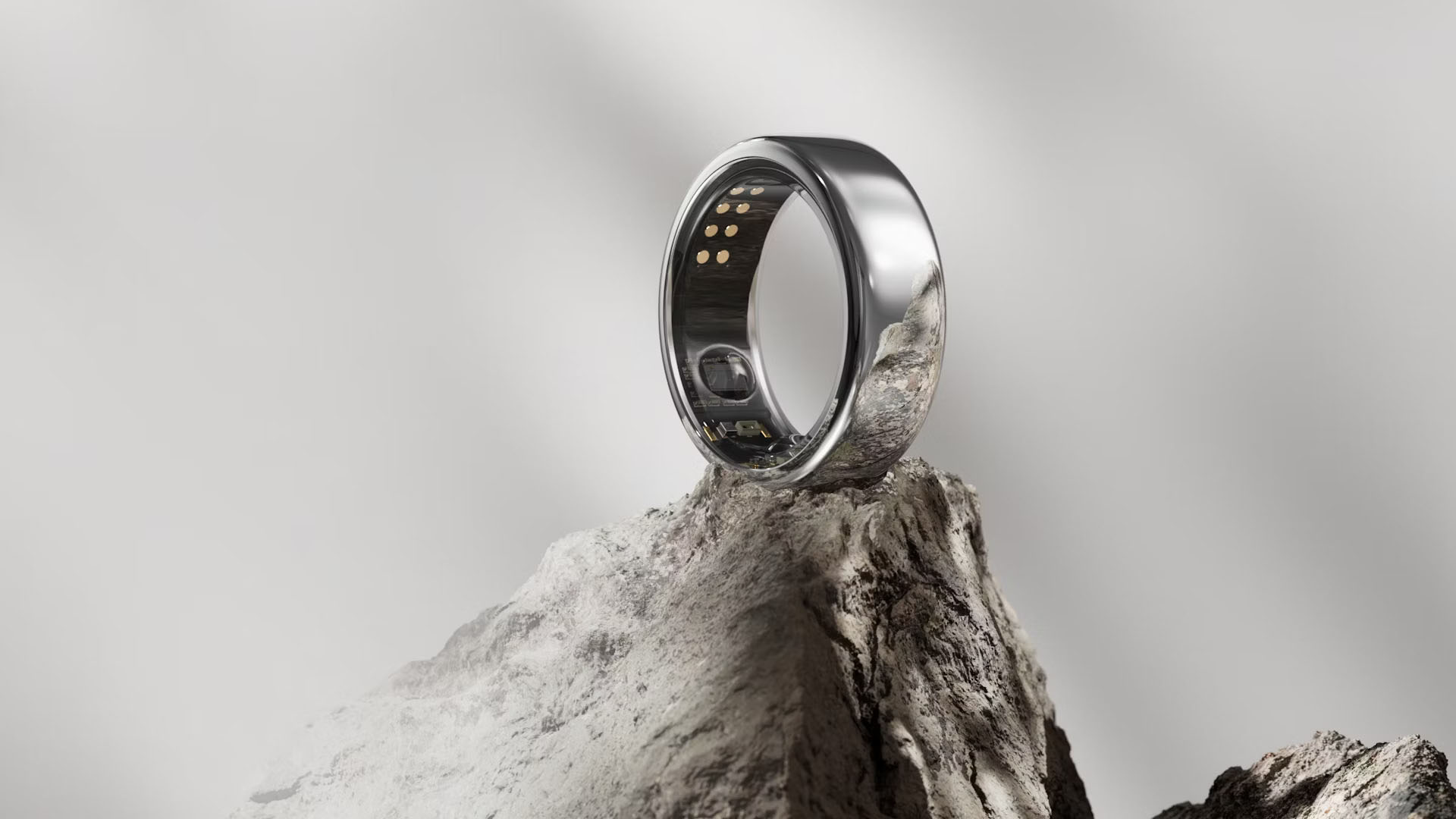My iPhone 17 wish list — 5 things I want to see from next year's phones
With the iPhone 16 now available, here's what Apple needs to add with the iPhone 17
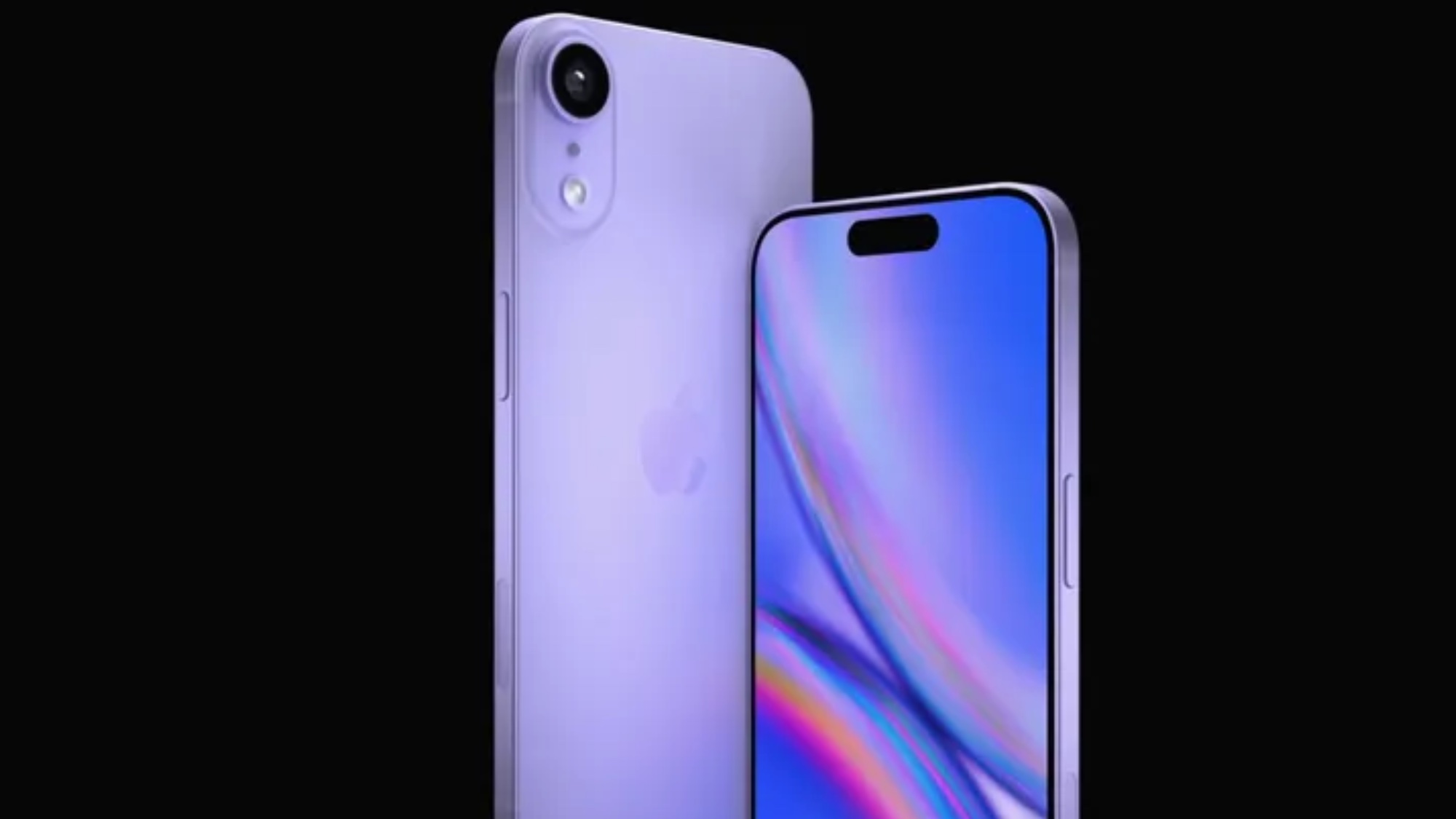
It's been about a month since Apple took the wraps off the iPhone 16 lineup, showing off four new phones with faster processors, better cameras and long-lasting batteries. But that doesn't mean it's too early to start thinking about the iPhone 17 and how next year's model could improve upon what Apple just released.
Don't get me wrong — Apple's latest devices have earned their place among the best phones available right now. And if you don't want to take my word for it, read what my colleagues had to say in their iPhone 16 review and iPhone 16 Pro review. The standard iPhone picks up enough features to not feel like you're missing out on a premium experience, while both the iPhone 16 Pro and iPhone 16 Pro Max pack in the kind of features you'd expect from the best iPhones.
But there's always room for improvement. And amid all that praise for the new phones, you can still spot some areas where the iPhones fall short of the competition. With work on the iPhone 17 already well underway ahead of a likely launch date next fall, here are the to-dos I'm hoping Apple can tick off as it preps next year's handsets.
Fast refresh rates for all phones, finally
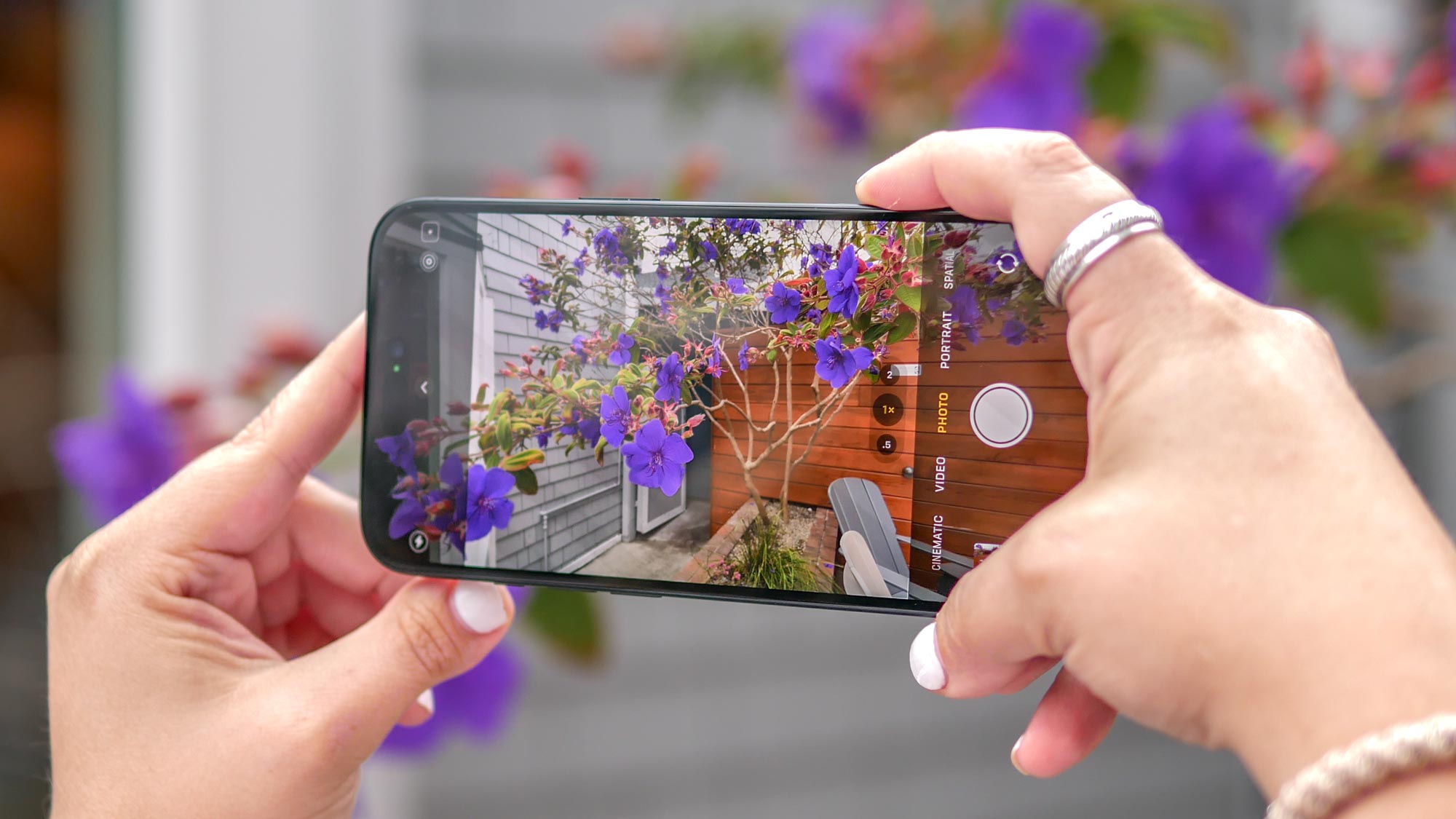
It's somewhat ridiculous that in this day and age, Apple still sells two flagship phones with displays that are stuck at 60Hz, but that's where we find ourselves in 2024. While other phone makers equip their top handsets with 120Hz displays, the iPhone 16 and iPhone 16 Plus continue to stick with 60Hz panels.
And it shows when you use Apple's less expensive flagships alongside similarly priced phones. The iPhone 16 doesn't have that same smooth scrolling effect, nor are the graphics as impressive in games that have been optimized for faster-refreshing screens.
Of all the items on this iPhone 17 wish list, the move to fast-refreshing displays for all models is probably the one most likely to happen. Long-standing rumors about Apple's display plans have long tipped the phone maker to get enough LTPO OLED panels in the coming year to equip all it phones with fast refresh speeds. I'd say it's not a moment too soon, but the moment probably came a couple years ago.
Faster charging speeds
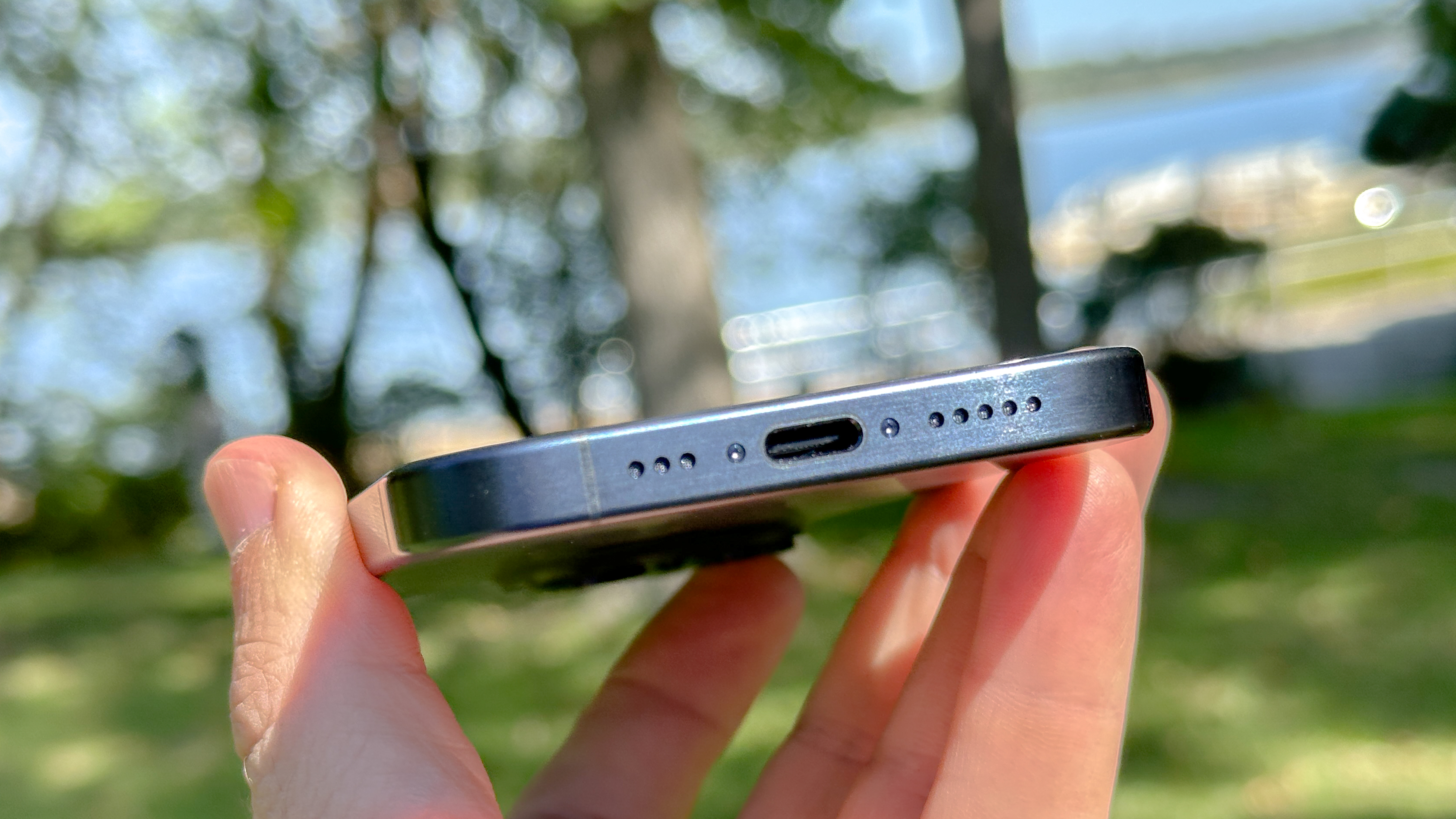
While we look at ways to speed things up on future iPhones, let's not forget about the charging speed. Every iPhone 16 model continues to charge at 20W, as has been the case in living memory for past Apple iPhones.
Get instant access to breaking news, the hottest reviews, great deals and helpful tips.
Apple switched from a Lightning port to a USB-C one with the iPhone 15 lineup in 2023, and one of the potential benefits to that — besides getting European regulators off the company's case — was the potential for faster charging speeds. We've still yet to see that potential realized with the new iPhone 16 models, but maybe the iPhone 17 can change things up.
More storage in the base models
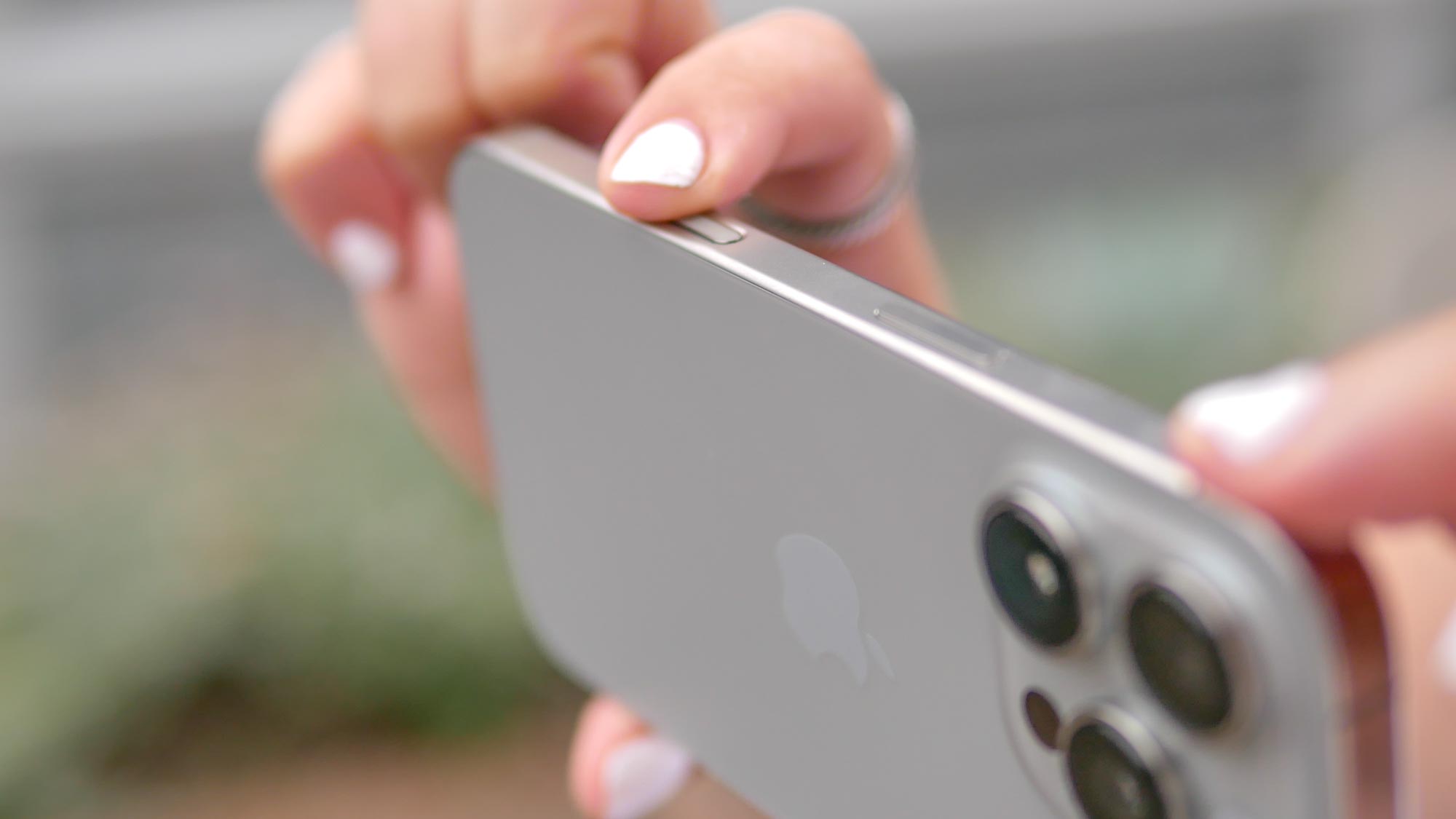
Packing in more storage inevitably leads to price increases — I get that. And maybe 128GB of capacity is good enough for Apple's $799 model and the iPhone Plus, should that version stick around next fall. But if you stick the word Pro in the name of your phone, you raise the expectation that you're delivering Pro-level features. And 128GB of storage is definitely not that.
The iPhone 16 Pro Max seems to acknowledge that fact. Like the iPhone 15 Pro Max before it, that model features 256GB of storage in its $1,199 base configuration. Meanwhile, the iPhone 16 Pro remains stuck at 128GB — a limitation Apple should address with the iPhone 17 Pro by offering matching capacities for all of next year's Pro phones.
A19 chipsets in every phone
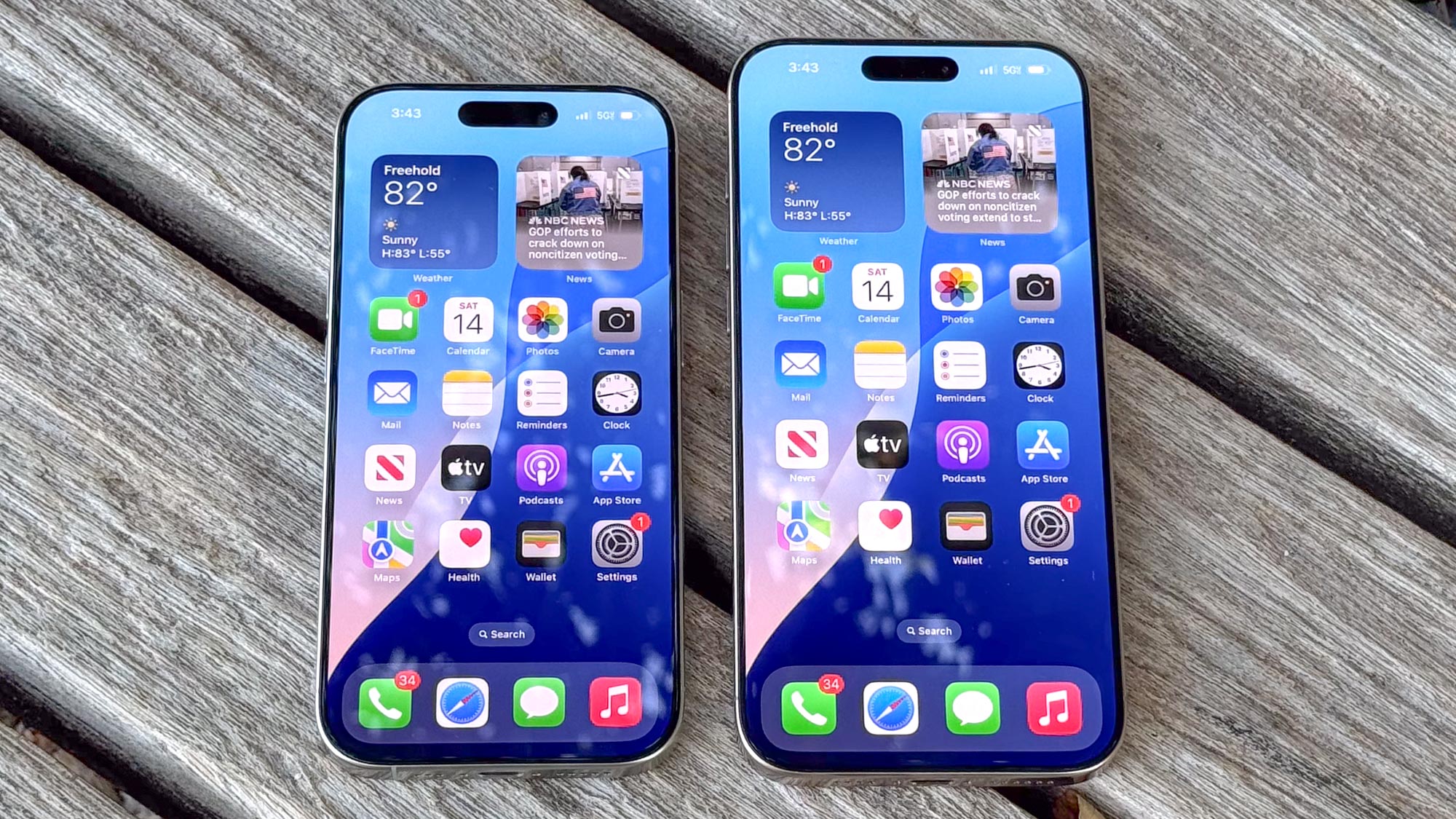
So far, I've talked about things I want to see changed from the iPhone 16. Here, we've got an area where Apple needs to stick with the iPhone 16 playbook. I hope every iPhone 17 model to come out next year offers the same Apple silicon (even if that also means the Pro models get a slightly tweaked version that has more GPU cores.)
I've already praised Apple's decision to go back to its old way of doing things by using an A18 system-on-chip in every iPhone 16 model, so I won't reiterate that here, other than to point out that it offers a consistent experience across different iPhones released in the same year. I think that's going to be especially critical with the A19, which is likely to be built on a 2-nanometer process. That should deliver a performance boost to any phone running on an A18, and I wouldn't think Apple would settle for rolling out a slower iPhone 17.
Give us a killer Apple Intelligence feature
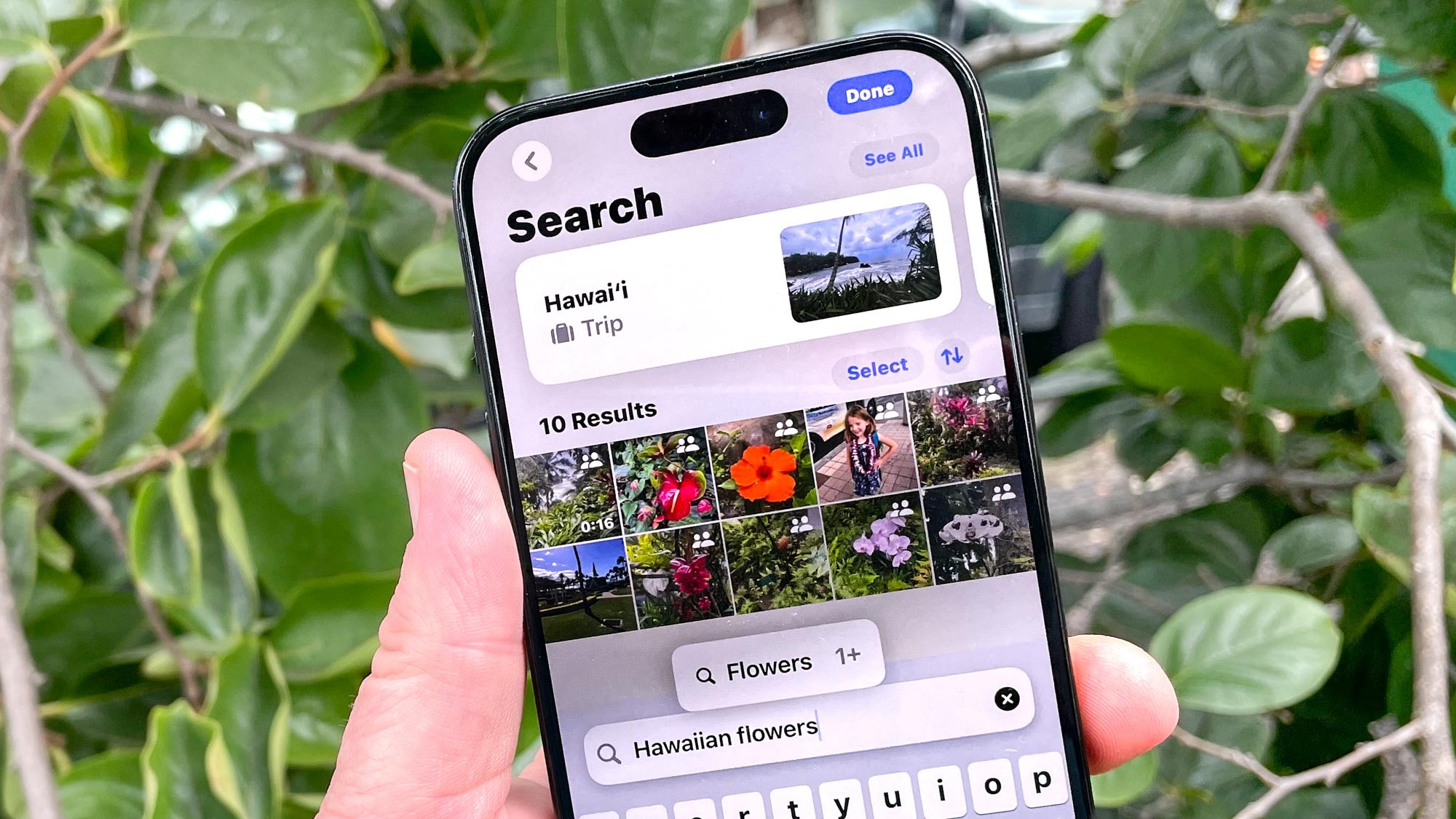
If it's early to think about an iPhone 17 wish list, it's may seem even more premature to think about the future of Apple Intelligence. Apple's suite of AI tools is still only available as a beta, with the first group of features only landing officially on iPhones this month. Apple plans many subsequent updates into 2025 as it looks to catch up to what other companies are doing with AI.
I'm using the beta currently on an iPhone 15 Pro, and there are definitely some additions I like, such as the summary tools in Mail and the better search capabilities in Photos. But the current iteration of Apple Intelligence lacks that killer application that makes you wonder how you ever lived without such a tool before.
Maybe that doesn't arrive in this rollout of Apple Intelligence, which is really just Apple's first attempt at adding more elaborate AI tools into its devices. But by the time the iPhone 17 is ready for prime time next fall, Apple Intelligence really needs to deliver some kind of "wow" factor if this is really a new era for Apple products.
More from Tom's Guide
- I just spent my first week with the iPhone 16 Pro Max — the ups and the downs
- iPhone 16 Pro Max vs. iPhone 14 Pro Max camera face-off
- iPhone SE 4 — all the rumors so far
Philip Michaels is a Managing Editor at Tom's Guide. He's been covering personal technology since 1999 and was in the building when Steve Jobs showed off the iPhone for the first time. He's been evaluating smartphones since that first iPhone debuted in 2007, and he's been following phone carriers and smartphone plans since 2015. He has strong opinions about Apple, the Oakland Athletics, old movies and proper butchery techniques. Follow him at @PhilipMichaels.

